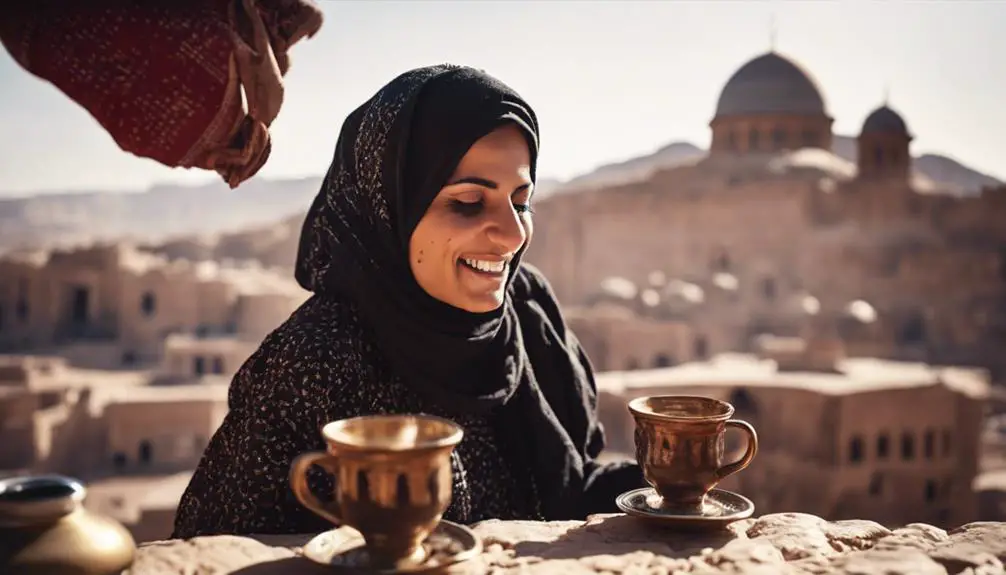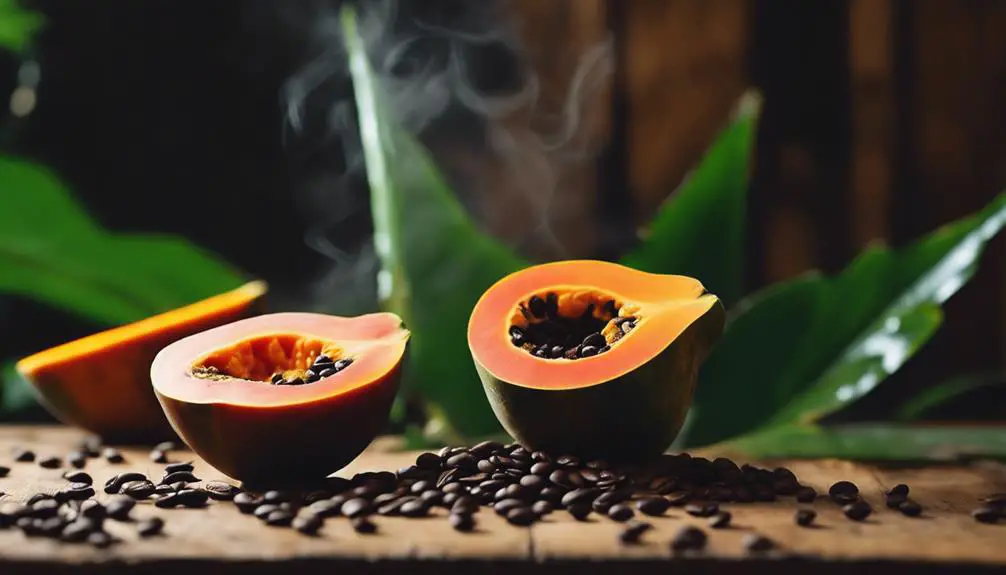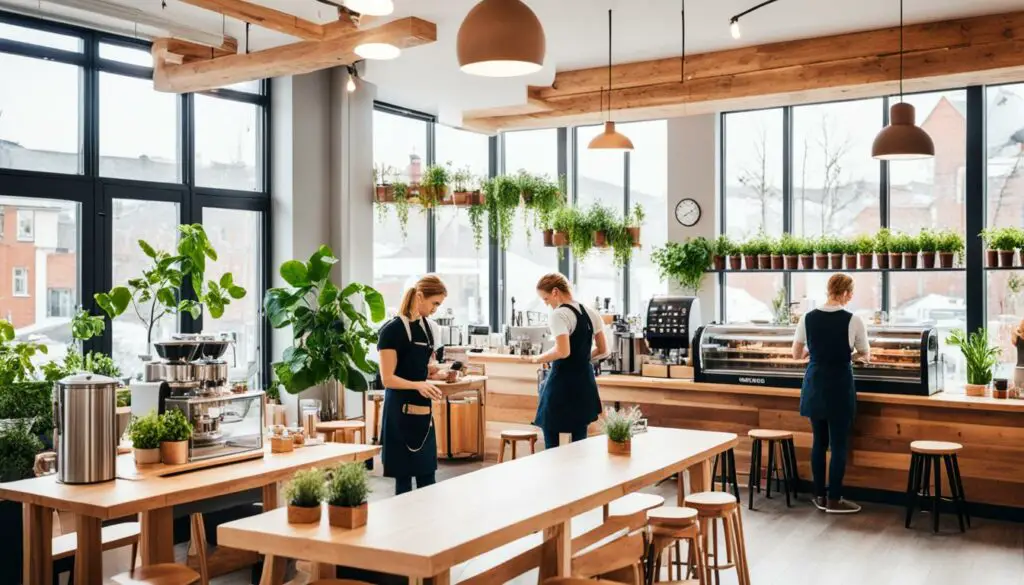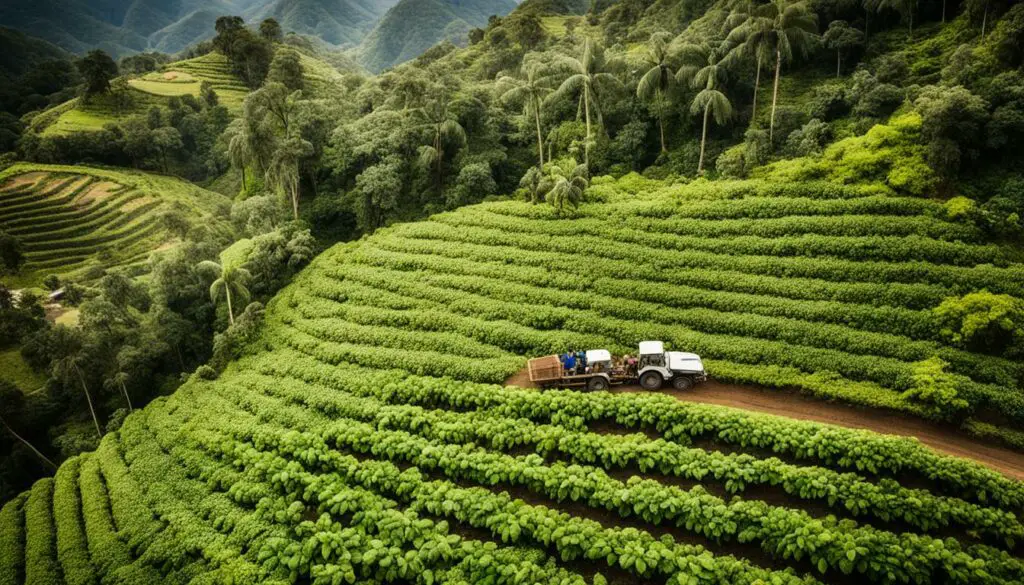It is remarkable what you can produce using a handful of fresh coffee beans. There are various types and styles of coffee that have come as a result of utilizing different brewing techniques, mixes, and blends. Out of all of these coffee variations, two of the most popular include the latte and the espresso. But which is best? Let’s take a look at how they differ in our great Espresso vs Latte face-off.
Espresso
The beloved expresso originated in Italy back in the early 1900s, when Luigi Bezzera filed a patent for a machine that forced boiling water and steam through a coffee grind into a cup. Today’s modern espresso machines are so advanced that you can make a cup with just the touch of a button.
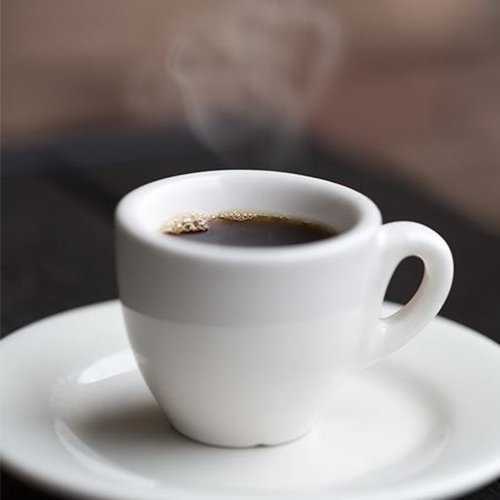
So what is an Espresso?
An espresso is not specific to a type of bean or roast. Rather it is defined by the brewing technique used to create it. Espressos can be made using any type of coffee beans and roast levels but it must follow a specific brewing process to be classified as an Espresso. This method involves a small amount of nearly boiling water being pressed through finely-ground coffee beans. Here are the exact specifications to create an espresso:
- Prepared from 7-9gms of coffee beans for a single shot and 14-18gms for a double shot
- The water must be 92-95 degrees Celsius
- Forced at 9-10 atmospheres of pressure
- The brew time is 20-30 seconds
- The beverage itself is 25-35ml
Espresso machines are specifically programmed to follow this process, and maintain a certain temperature, pressure, and brewing time. As a result of the pressurized brewing process, the flavors and chemicals in a typical cup of espresso are very concentrated and have a thicker consistency than other types of coffee. The flavor is typically very rich and sometimes bitter, which is why it is served in small quantities.
Because of the high concentration of flavor and caffeine, espresso is also used as the basis for other variations of coffee. When correctly brewed, the espresso will feature a layer of rich, dark golden cream on its surface, known as the crema. This is a tell-tale sign of quality espresso. Espressos are usually prepared and drank without the addition of sugar or syrup to sweeten them.
Latte?
A latte is an adaptation of the espresso where steamed milk is added to make it creamy and a layer of foam to make it velvety, and flavorful, and add to the presentation. The words coffee latte derive from the Italian meaning “coffee with milk.”
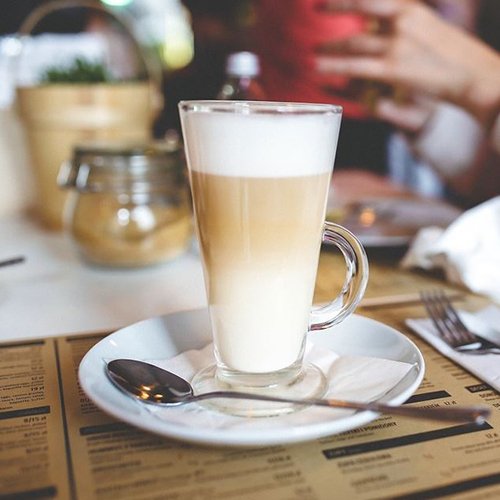
To make a latte, add 6 to 8 ounces of steamed milk to one shot of espresso or two shots if you like it strong or you’re using a large latte cup. Top up your cup with a thin layer of foam. You should end up with 1 part espresso to 4 parts of foamy milk. Use the steam arm of your coffee machine to steam the milk. We recommend using whole milk as this will make your latte nice and creamy.
Looking for a coffee machine to help you make your own lattes at home, check out our pages for advice.
Lattes are famously known for their beautiful art. Professional baristas can produce stunning designs of flowers, birds, and anything else you can think of in foam form. To find out how it’s done check out our blog on latte art
Conclusion
Lattes and Espresso are worlds apart in appearance, flavor, texture, and brewing process. Espresso is very concentrated, dense, and rich in flavor, making it the strongest of the two. But without the espresso, there would be no latte as this is used as a base for making lattes. Steamed milk is key to turning espresso into a latte giving it a creamy and milky flavor and frothy texture.







